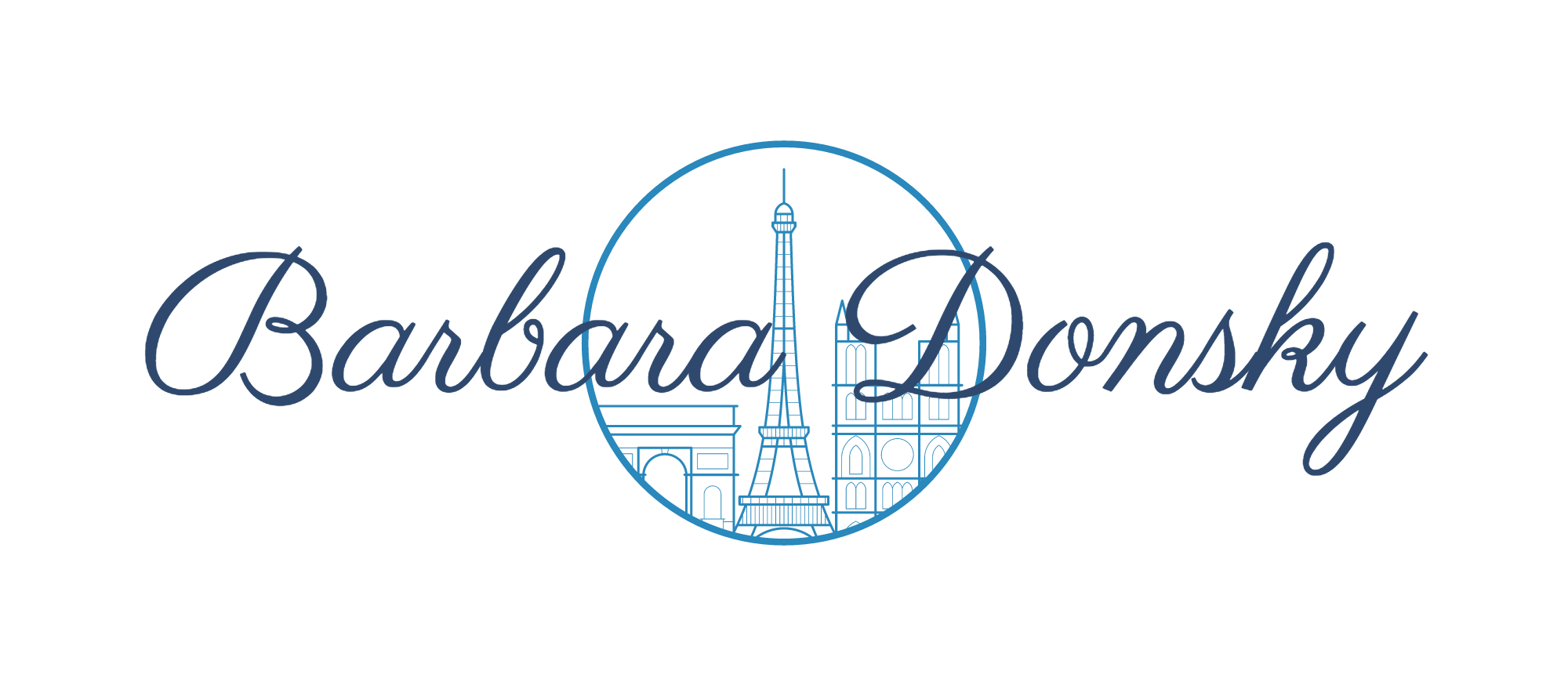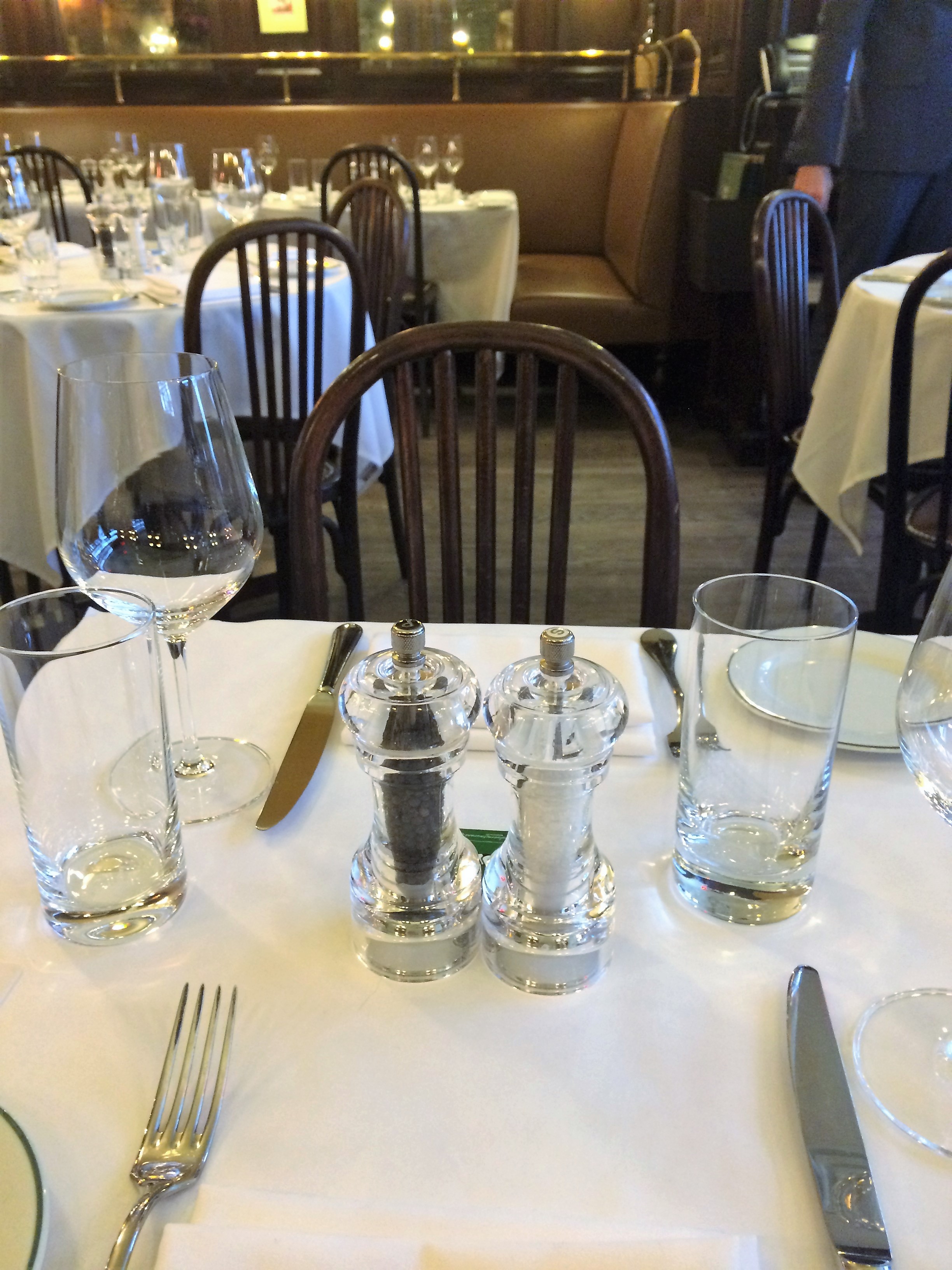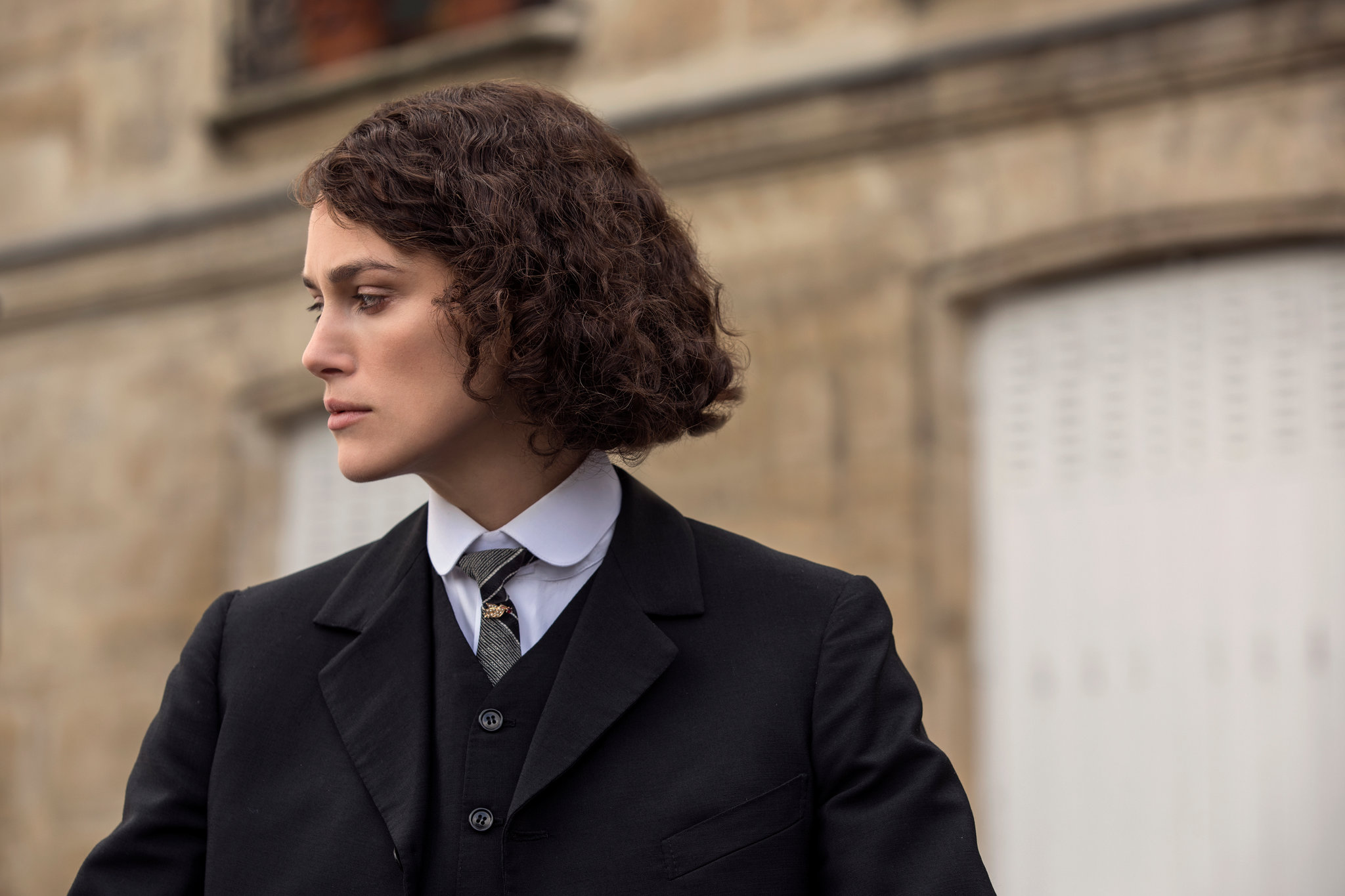Colette: A Woman Ahead of Her Time
Colette and Willy…
Paris Is Always A Good Idea
“What would you like to do?’’ asked a friend coming into town for the day.
“Let’s go to Paris.”
“Paris?”
“Yes, I’ll meet you at the Paris theater. There’s a new film, ‘Colette,’ playing. Afterwards we can go to a little French restaurant for lunch and catch up. How’s that sound?”
For someone desperately seeking Paris, this was as good as it gets, without making a trip to JFK and taking a long flight across the Big Pond. Although I didn’t know much about the life of Colette, I had read a number of her short stories a few years back.
At Le Pain Quotidien
In fact, there was that day at Le Pain Quotidien on Madison Avenue—the original Le Pain Quotidien in New York where the founder Alain Coumont spent countless nights in the basement baking traditional loaves and pastries to tempt his new customers—when seated at the communal table, nibbling a flaky croissant and sipping café au lait, I opened The Collected Stories of Colette. (N.B: the well-thumbed lower edge.)
“Ah, Colette,” said a woman across from me. “The most quintessential of French writers.”
“Really? Why’s that?” I asked, with hushed thoughts of Proust in mind.
“Because she writes so intelligently about love and relationships from a woman’s point of view, but also her love of the countryside. Of thin-skinned figs from the south of France. Of a ripe Camembert. Champagne bubbling in flutes. All the things that mean so much to the French.”
“Well, Gigi had been big hit in the States, if not her other stories” I said. “If I’m not mistaken, it won an Oscar for Best Picture.” (Somewhere I had read that Colette (28 January 1873—3 August 1954) had chosen Leslie Caron to play the role of Gigi. If so, the film would have been in the works for some time, as Colette died a few years before it won multiple awards in 1959. )
Colette in the Country
At the opening of the film “Colette,” the well-tended countryside of rural France and the beautifully-set family table are much in evidence as we meet the young Sidonie-Gabrielle Colette (Keira Knightly) at home in Burgundy. In short order, a successful Parisian writer known as "Willy" (Dominic West) pays a visit to Saint-Saveur-en-Puisaye, and before long he and Sidonie are enjoying an energetic romp in the hayloft. Soon after, Sidonie (the woman destined to be known simply as ‘Colette’) is installed as his wife in Paris.
Colette in Paris
But when Willy begins having problems with creditors, he convinces her to write a novel under his name. In fact, he locks her in a room! “Write!” he bellows. At which she pens a story about a sassy country girl, “Claudine,” which becomes a literary sensation. After which Willy wants yet another novel from her and another. And so it goes. She will not write a book under her own name until she breaks with Willy, a wily philanderer, in 1906.
Fashion Forward
In fin de siècle Paris, Colette will go from enabling wife to the grand-mere of feminist literature and a bi-sexual adventuress. In this beautifully filmed biographical drama, you can track her transformation by her clothing—from the yellow country dress to the mannish suits. When her husband buys her an expensive Parisian gown— at a time when society ladies were dripping in jewels and wearing extravagant designs— she wants no part of it. Indeed, her idol was Amantine Lucile Aurore Dupin, who wrote under the pen name George Sand and preferred wearing men’s clothing, if not wanting to be photographed doing so.
Colette’s self-assuredness changed a country girl into a fashion icon, the most photographed woman of her time. Doing so, according to the director Wash Westmoreland, at a time when a woman could have been arrested in Paris for wearing men’s clothing. Spring forward a century or so to this week, when a photograph appeared of Theresa May, the Prime Minster of England, dancing to the music of ABBA (‘The Dancing Queen’) wearing a tailored pantsuit that Colette would have approved. The film is a joy! Oscar-whispers circulating for Kiera Knightly.
Colette At Le Grand Vefour
But I’d have to say my favorite ‘Colette’ moment came at Le Grand Vefour, the oldest restaurant in Paris, tucked away in the Palais-Royal, close by where she had an apartment. (Be sure to click that link!) En route to the restaurant that evening, I mentioned that Balzac, Napoleon, Victor Hugo and Colette all had favorite tables at the Grand Vefour. Thinking Napoleon too grand for my taste, I suggested I’d like to sit at Colette’s table. At which my companion replied: “Please, do NOT ask. Let’s just say we have a reservation.” Okay, okay.
After the Bon soir, monsieur…Bon soir, madame, it was a perfectly delicious moment when the elegantly dressed, slim, tall and handsome maître d’ said: “Madame, I would like you to know that this evening you will be dining at Colette’s table.” He must have been reading my mind. And what a wonderful table it was. Wishes do come true.
Light and lovely: quiche avec salade…
New York, New York
As for my New York day, after the movie we threaded our way through the heavy-duty security detail around the Plaza Hotel (the United Nations was in session) and found a table at La Goulue where I enjoyed quiche topped with salad and my friend the cod cakes. It’s getting to be a habit…
Have you a cozy French restaurant you like in your town? Or a memory of one you loved in Paris? Drop me a line, I’d like to hear about it.
That’s all for this week guys and gals! Hope to see you back next week when I have an adorable new French in Harlem to tell you about. And by all means, I’ll have the coffee ready. Jusqu'à la semaine prochaine, may life be good to you.
And please remember…sharing is caring. Merci beaucoup!






